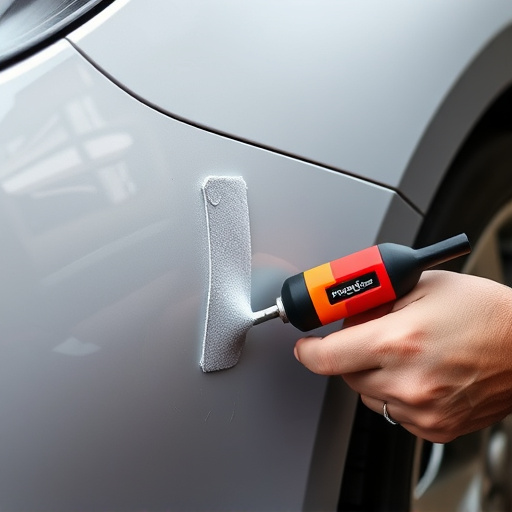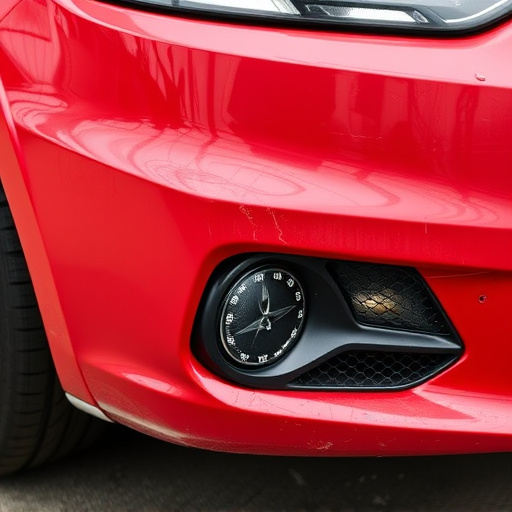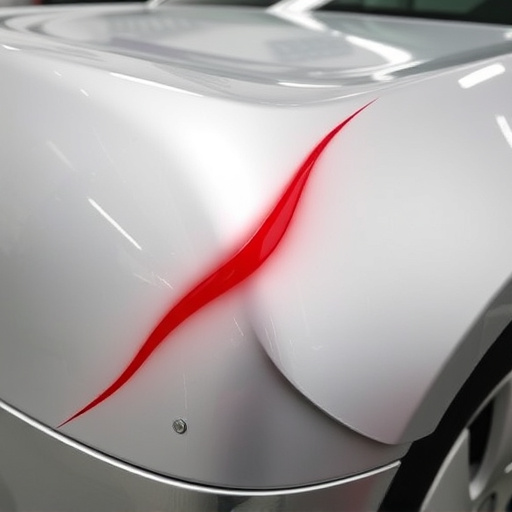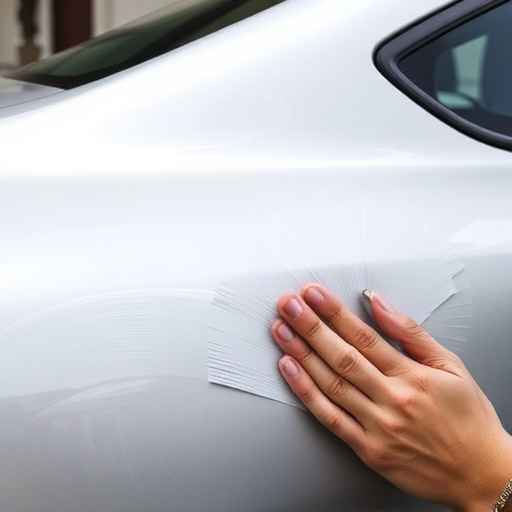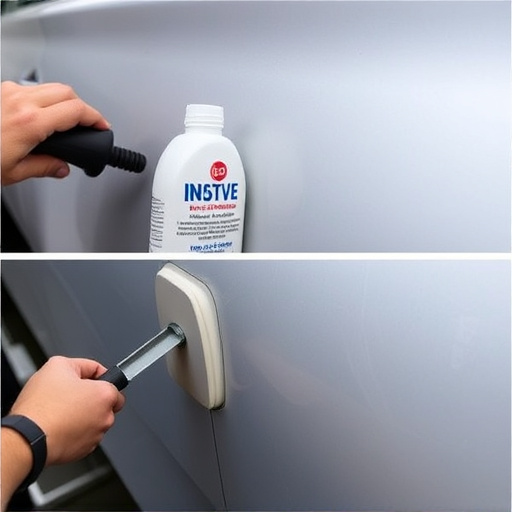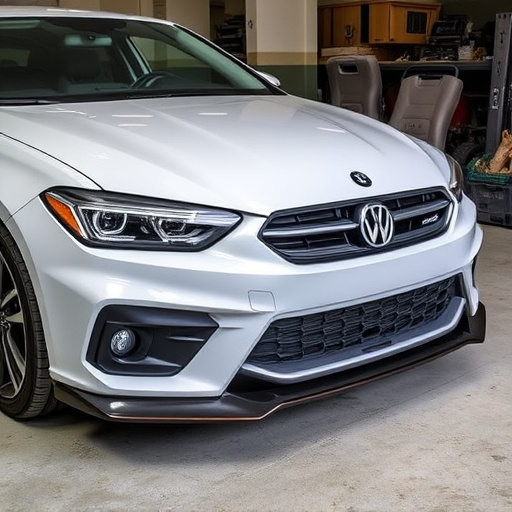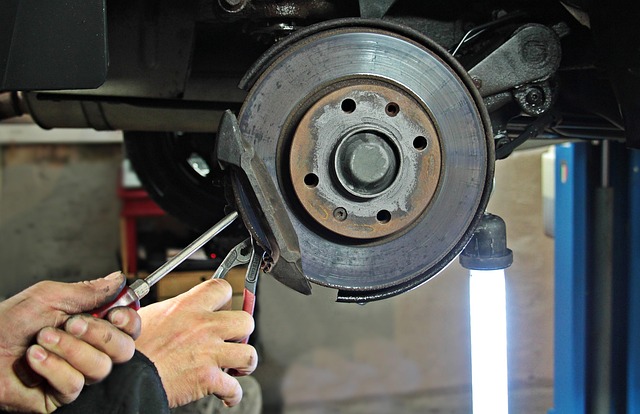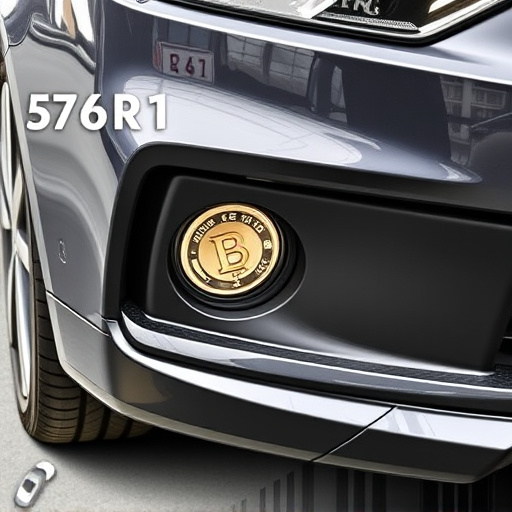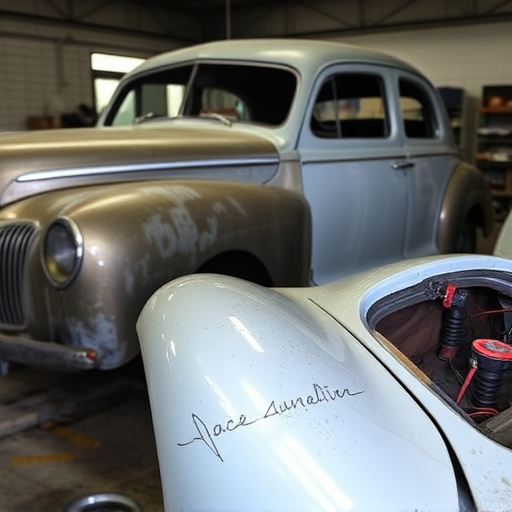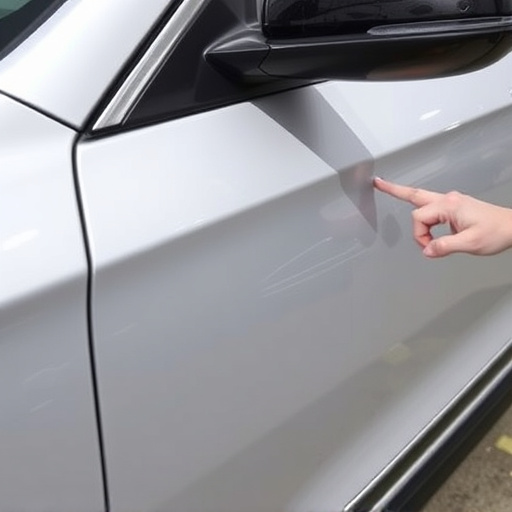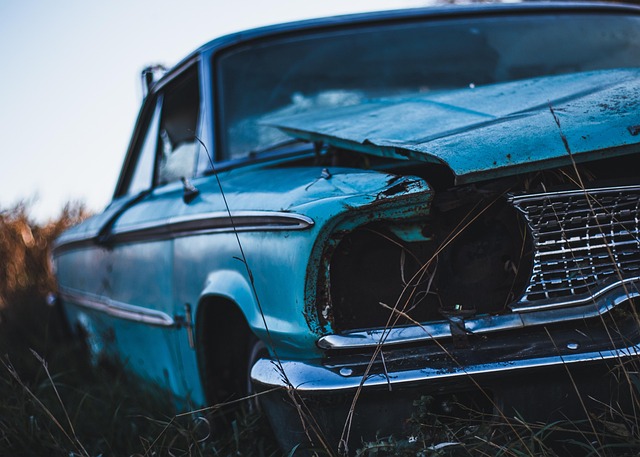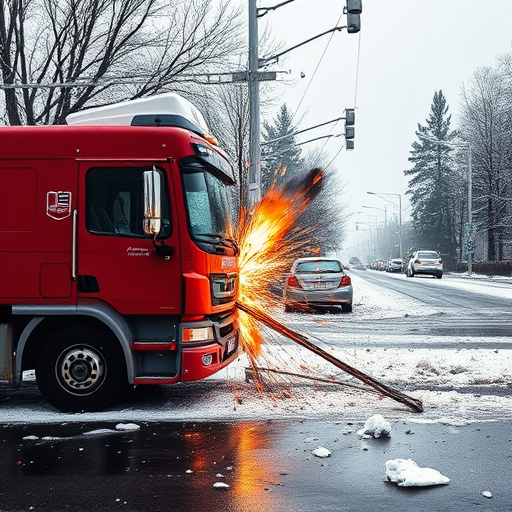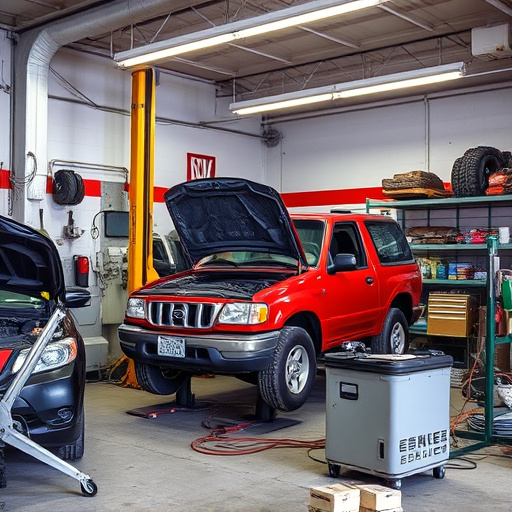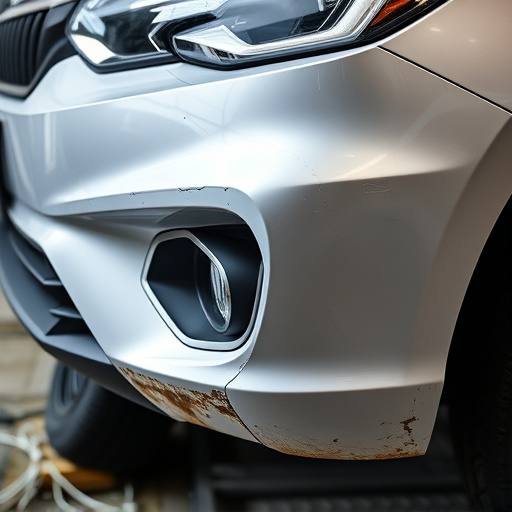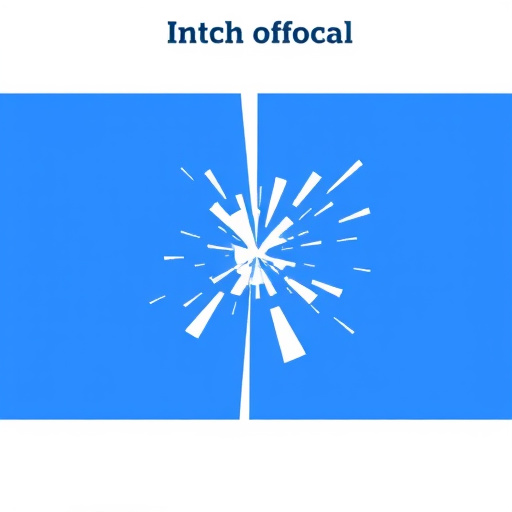Before DIYing car paint scratch repairs, assess depth and extent to avoid subpar results. Choose filler and paint compatible with your vehicle for seamless blending. Always apply primer for long-lasting, professional-looking finishes in car paint scratch repair.
“Common Mistakes in Car Paint Scratch Repair: A Comprehensive Guide to Avoiding Pitfalls. Many DIY enthusiasts attempt to fix minor car scratches, but misdiagnosing depth, using incompatible filler or paint, and skimping on primer application can lead to unsightly results. This article delves into these frequent errors, offering insights on how to avoid them. Learn the correct techniques for assessing scratch extent, selecting the right materials, and ensuring a professional-looking repair that matches your car’s original finish.”
- Misdiagnosing the Scratch Depth and Extent
- Using Incompatible Filler or Paint Match
- Skimping on Primer Application Before Repainting
Misdiagnosing the Scratch Depth and Extent

Many DIY enthusiasts attempt to fix shallow scuffs themselves, but misdiagnosing the depth and extent of a scratch can lead to an unsatisfactory outcome. What seems like a minor surface blemish might actually be deeper or more extensive than it appears. Attempting to fill in a deep gash with a simple touch-up kit will only result in an obvious repair that doesn’t blend seamlessly with the surrounding paintwork.
Additionally, not considering the underlying damage caused by heavier scratches or dents can compromise the structural integrity of the car body panel. What might seem like a quick fix could lead to more severe issues down the line, requiring more extensive and costly automotive collision repair, similar to car dent removal processes. Therefore, it’s crucial to assess the scratch thoroughly before deciding on a repair method to ensure the best possible outcome for car paint scratch repair.
Using Incompatible Filler or Paint Match

One common mistake people make when attempting to fix car paint scratches is using incompatible filler or paint that doesn’t match their vehicle’s original finish perfectly. It’s crucial to choose the right products for an effective and seamless repair. Using a filler that isn’t compatible with your car’s paint can lead to visible differences in texture, color, and sheen, making the scratch more noticeable than before.
Choosing the wrong paint match is equally detrimental to achieving a professional look. Different brands and types of paint may cure at different rates and have distinct chemical compositions, which can result in poor adhesion or an uneven finish. Always consult with a collision repair center or automotive restoration expert for guidance on selecting the appropriate filler and paint to blend seamlessly with your car’s existing color and texture, ensuring top-notch car paint scratch repair.
Skimping on Primer Application Before Repainting

One common mistake people make when attempting to fix paint scratches on their cars is skimping on primer application before repainting. Primer acts as a crucial bonding agent, ensuring that the new paint adheres properly to the repaired area. Without it, the fresh coat of paint may not last as long or look as smooth as expected. This can lead to premature fading, chipping, or peeling, leaving your car looking less than its best.
A quality primer also helps to fill in minor imperfections and creates a seamless transition between the old and new paint. Skipping this step can make the repaired area stand out, creating an unevening surface that’s more susceptible to damage. For best results in car paint scratch repair, don’t rush or cut corners with the primer application—it’s a critical step in achieving a professional-looking finish, whether you’re handling a routine repair or embarking on a classic car restoration at a vehicle body shop.
When attempting car paint scratch repair, being mindful of common mistakes is key to achieving a seamless, professional finish. Misdiagnosing the depth and extent of the scratch can lead to inadequate repair. Using incompatible filler or paint can result in an unsightly match. And skipping primer application before repainting may cause the new paint to chip or fade prematurely. By avoiding these pitfalls, you’ll enhance your chances of successfully restoring your vehicle’s exterior to its original condition, ensuring a lasting and attractive car paint scratch repair.
